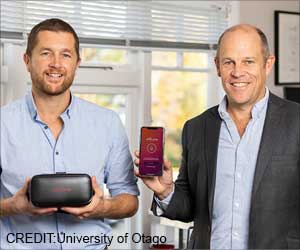According to estimates by the National Intimate Partner and Sexual Violence Survey, within the United States, 22.3% of women and 14% of men face severe physical violence by an intimate partner in their lifetimes.
“When we located 87 measures, we realized that before conducting any further research, one of the most important contributions we could make to the field is sorting through these measures to identify which measures are of the highest quality,” said Alexander.
Scientists evaluating each one, recommended 18 of the available 87. The measures fit different purposes including brief screening instruments, measures of severity, measures used in criminal justice settings, measures of attitudes related to violence without overtly asking about violent behaviors, and measures of specific forms of abuse (e.g., physical, sexual, psychological).
“These measures are recommended because they have been studied more thoroughly than the other measures, and the results from the studies on these measures show consistently that the measure is a valid indicator of IPV in a relationship,” said Alexander.
It is best practice for a couples therapist to evaluate a couple for violence in the relationship before beginning therapy, said Alexander.
Based on the level of violence, the types of therapeutic interventions that may be appropriate and helpful for a couple are different.
It may be unsafe to conduct couples therapy in certain types of abusive relationships. Having a valid measure to administer at the beginning of therapy can help therapists know whether a couple is experiencing IPV, how severe it is and what types of abuse are occurring.
“This can allow therapists to make the best decisions for how to help the couple — whether that be couples therapy, individual therapy, or taking safety measures to help a victim remove his/herself from a dangerous situation,” said Alexander.
Alexander has plans to create her own measure that pulls from the strongest qualities of the existing measures. She also plans to use only the strongest measures that she has identified in assessing IPV in future research and with couples’ patients moving forward.
Source: Medindia



